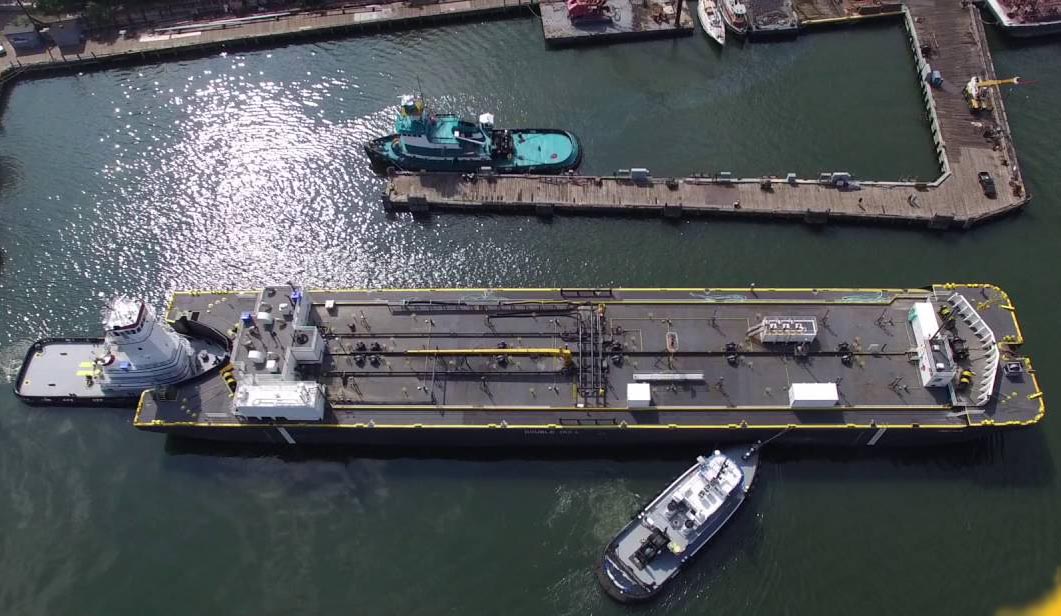Present and future tugboating continues to change with technological advances. That’s why it’s important that hard earned knowledge and skills that still have some relevance not be allowed to fade into oblivion. Once lost these skills and knowledge can’t be easily recovered.
This industry knowledge includes some of our colorful descriptive terminology. In this case, there’s a term that describes the maneuver of a conventional tug, towing astern, coming back to its tow to transition to towing alongside.
Back in 1984, with the Cold War still simmering, novelist Tom Clancy wrote his first bestseller, The Hunt For Red October, a brilliant nuclear submarine thriller.
At one point in the story the reader is introduced to a dangerous tactical maneuver that requires great nerve and skill. It was pioneered by Soviet missile submarine skippers who wanted to find out if they were being quietly tailed by a U.S. submarine. It was a high-stakes stalking game at depths where simple mistakes can quickly become fatal.
Directly behind a cruising sub would be an exploitable acoustic blind spot. The sonar operators, listening intently but making sure to avoid giving away their own boat’s location, might hear the faint noises emanating from another sub behind them, or they might not. How could they know if they were being followed? They couldn’t. But if they suspected strongly enough that they had a tail, there was a possibility that the skipper would pull a surprise maneuver called a “Crazy Ivan,” or C-I for short. Crazy because of the sheer riskiness of a submarine collision at depth, and Ivan as military slang for the Russians (it’s the Russian equivalent of “John”).
There are numerous accepted standard terms for the maneuver, and they all pre-date the use of C-I by tugboaters. You could say “turn on a barge.” Flop, flip or fall-around are also used. “Rounding up” is my go to amongst the old standards.
But the fact is that none of these terms sound nearly as exotic or exciting as doing the Crazy Ivan.




